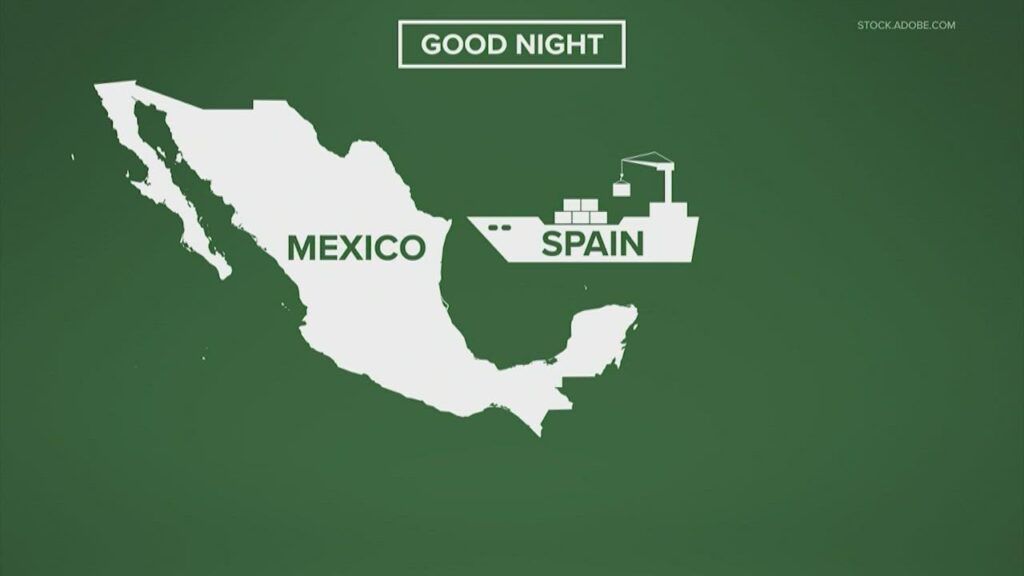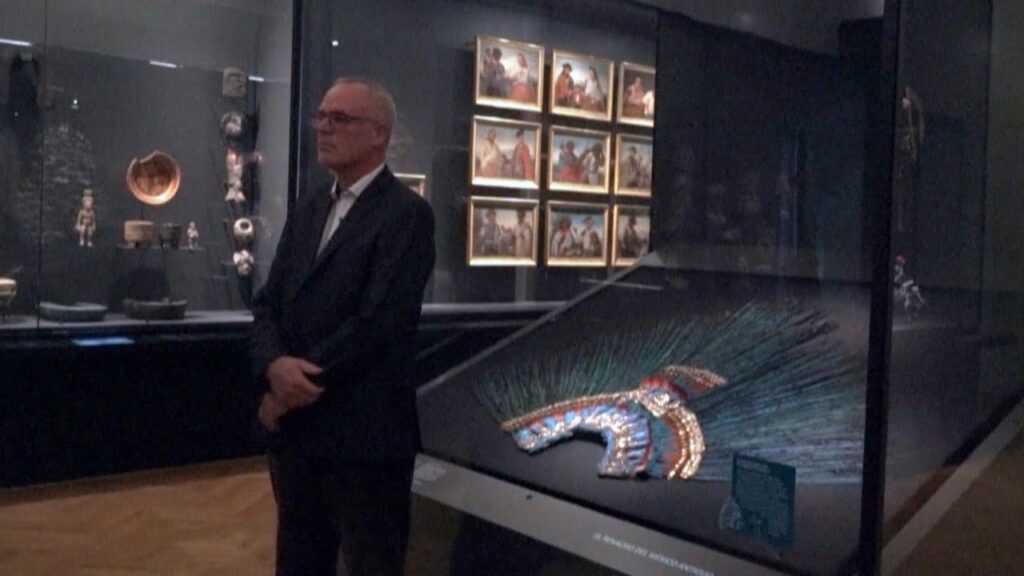Discovering Ancient Mayan Heritage: Footprints Over a Millennium Old
The Maya civilization was one of the most dominant indigenous societies of Mesoamerica, a term used to describe the geographical region that extends from Central Mexico to Central America. The ancient Maya left behind an incredible tapestry of monumental architecture, complex astronomical systems, and hieroglyphic writing that still fascinates scholars and tourists alike. Exploring the remnants of this ancient civilization offers a window into a world over a thousand years old, filled with enigmatic temples, pyramids, and palaces that once stood at the center of Mayan city-states.
One of the most compelling reasons to explore the Mayan heritage is to witness the monumental scale of their achievements. Structures such as the towering pyramid of El Castillo in Chichén Itzá, the sprawling ruins of Tikal in Guatemala, and the serene temple-pyramids of Palenque in Mexico not only showcase the architectural genius of the Maya but also offer insights into their cosmology and daily life. As you walk through these ancient sites, the echoes of the past seem to resonate with each step on the very stones that Mayan royalty once trod.
Delving into Mayan heritage is not merely about exploring physical structures; it’s also an invitation to marvel at the sophistication of their cultural practices. The Mayan calendar, a system so precise it could predict celestial events millennia in advance, and their unique writing system composed of glyphs, give us a glimpse of a civilization far advanced for its time. The artistry of Mayan pottery, stelae, and frescoes depicts a society rich in mythology and deeply connected with the natural world around them. Each discovery serves as a testament to the enduring footprint of the Maya on the very fabric of history.
Exploring Mexico’s Rich Past: The Mystery of Mayan Children’s Footprints
Delving into the heart of the Yucatan Peninsula, intrepid travelers can step back in time to an age when the Maya civilization was at its zenith. Among the many enigmas left by this advanced culture, the perfectly preserved footprints of Mayan children in ancient grounds are a captivating window into the past. These imprints, frozen in time, offer a tangible connection to the daily life and mysterious rituals that characterized the Mayan way of life.
The archaeological sites where these footprints have been found are typically off the beaten path, located in remote areas that have preserved their pristine condition through centuries. Discovered in layers of sediment and rock, these footprints are believed by some to have been part of a coming-of-age ceremony, while others argue they were simply the remnants of children at play. The purpose behind these footprints is yet to be fully understood, sparking the imagination and curiosity of archaeologists and visitors alike.
Significance of the Findings is not just in the footprints themselves but also in the context of their surroundings. Found alongside artifacts such as pottery shards and remnants of ancient dwellings, these footprints give us a glimpse of the domestic life of the Maya. They have been pivotal in creating narratives about the society’s structure, beliefs, and even their day-to-day activities, providing a unique look into the world of Mayan children.
Theories about the footprints abound, with academics and enthusiasts developing hypotheses based on the size, spread, and number of footprints. Interestingly, many of the footprints are found in small clusters, suggesting that children in Mayan societies may have been involved in collaborative tasks or group learning activities. This contrasts with earlier beliefs that Mayan society was rigidly hierarchical and suggests a more communal approach to childcare and education.
Travels to these archaeological sites are often combined with tours of more famous Mayan ruins, such as Chichen Itza or Tulum, providing a broader perspective on the Mayan civilization. Visiting the footprints is not just about witnessing remnants of the past but about piecing together a narrative of a deeply spiritual and interconnected society, where even the smallest members had roles to play. The mystery of these ancient footprints continues to capture the imagination, drawing explorers eager to learn about the complex tapestry of Mexico’s storied history.
The Footsteps of History: Unveiling A Thousand-Year-Old Mayan Secret
«`
Traveling through Mexico is akin to walking through the pages of a vivid history book, where every destination offers a chance to step back in time. Among the most mysterious and fascinating chapters of this historical journey are the remnants of the Mayan civilization. This ancient culture, which flourished from approximately 2000 B.C. to the 16th century A.D., has left behind a treasure trove of architectural masterpieces and artifacts that continue to captivate explorers and historians alike.
One such marvel that promises a mixture of adventure and discovery is the hidden gem deep within the Yucatán Peninsula. Cloaked in dense jungle, an unassuming entrance leads to an underground river network that the Mayans once deemed sacred. Here lies a relic shrouded in darkness and silence—a thousand-year-old secret waiting to be unveiled. The heart of this enigma is a subterranean world, previously untouched by the modern age, where the echoes of ancient ceremonies still linger in the cool air.
As adventurers tread carefully along the dimly lit pathways, they will find themselves walking in the footsteps of Mayan priests and nobility. The walls are adorned with intricate carvings and hieroglyphs that recount tales of a civilization both complex and advanced. These narratives, etched in stone, provide us with clues about the sophisticated astronomical, mathematical, and cultural knowledge that the Mayans were renowned for. It is a humbling experience to stand before these grand narratives of history, realizing that each symbol represents a piece of a vast, enigmatic puzzle that is the Mayan legacy.
The exploration of this ancient subterranean sanctuary is not for the faint of heart. It requires a spirit of bravery and respect for the echoes of history that prevail here. Visitors are encouraged to ponder the scenes that played out within these caverns—the rituals, the offerings, and the heartfelt prayers to the Mayan deities. With each step, a profound sense of connection with the past is evoked, inviting one to consider the narratives that have shaped the present. This is a journey that transcends mere sightseeing—it’s a quest to touch the very soul of a bygone era.
«`
Following the Trail: How Mexicans Uncovered Mayan Childhood Footprints
The discovery of Mayan childhood footprints in the dense jungles of Mexico was nothing short of extraordinary. Within the lush green landscape that cloaks the ancient Mayan ruins, a new narrative began to take shape, one that depicted the daily lives of the Mayan people. In particular, the preserved footprints of children offered a poignant glimpse into the past, presenting living connections to the ancient civilization that once dominated this region.
Archaeologists, while excavating a site that was long buried under centuries of overgrowth, stumbled upon these small imprints near what was believed to be a family dwelling. It was deduced that these footprints belonged to young Mayans, forever captured in the mud that has since turned to stone. This incredible finding provided insight into the social structure of Mayan communities, suggesting that children were actively involved in the community, learning and playing within the confines of the towering pyramids and temples.
The patterns of the steps revealed playful chases and day-to-day activities of Mayan youth. It’s believed that these imprints were caused during mundane yet vital activities such as fetching water or assisting in agricultural cultivation. This directs scholars to believe that, much like contemporary societies, Mayan children shared in the responsibilities of daily life, contributing to their community’s sustenance and continuity.
Even more compelling is how the discovery paints a broader picture of the Mayan civilization’s sophistication. By examining the context of these childhood foot signs, researchers have surmised valuable information regarding Mayan social practices, educational frameworks, and childhood experiences. Artifacts found nearby, including toys such as small clay balls and figurines, further support the theory that these areas were once playgrounds for the young, drawing a vivid image of a once-thriving society and its future generations.



